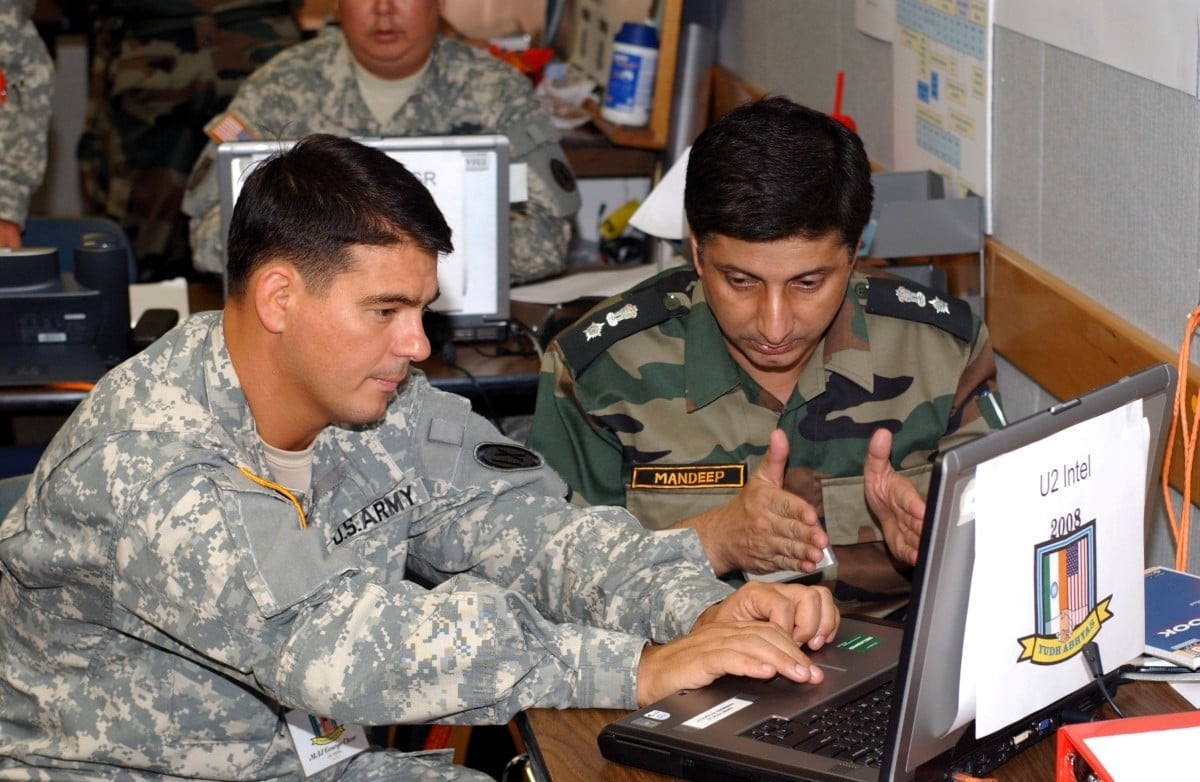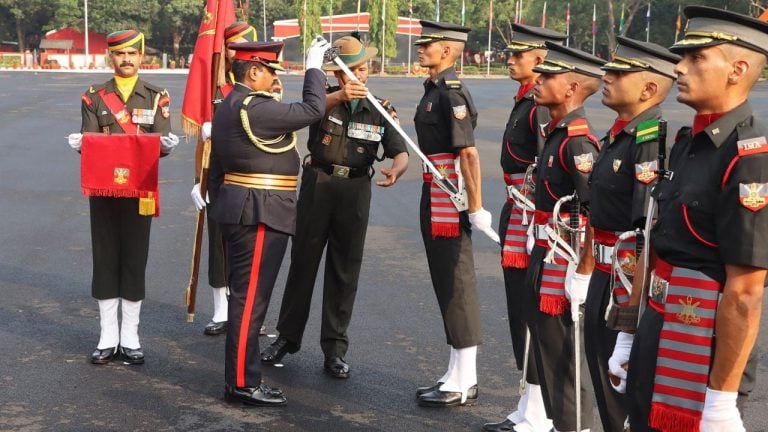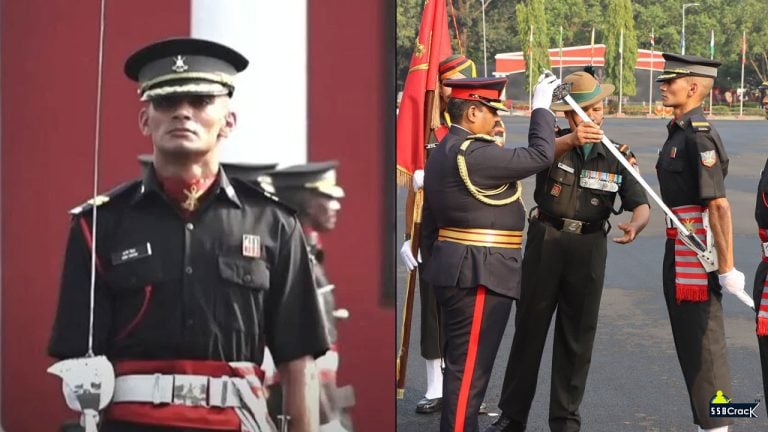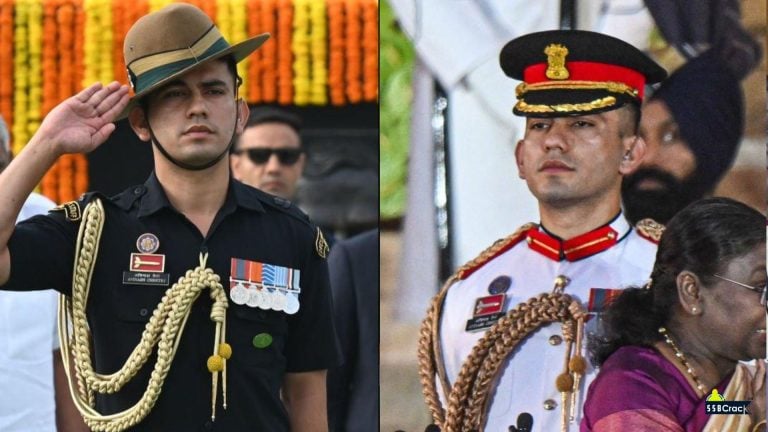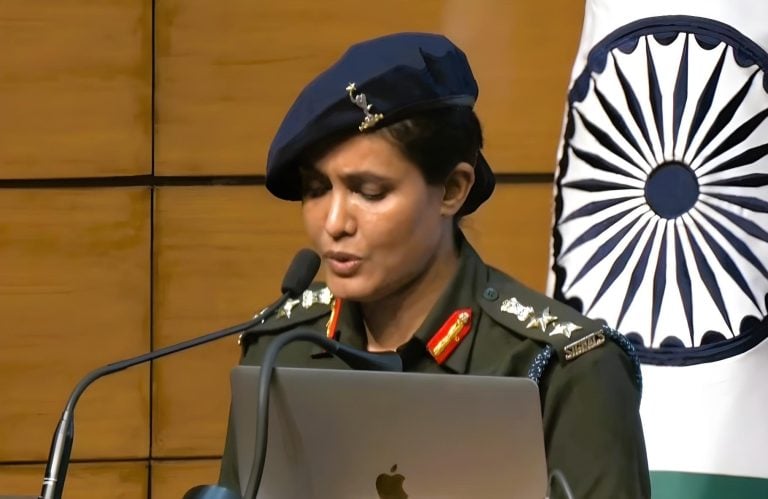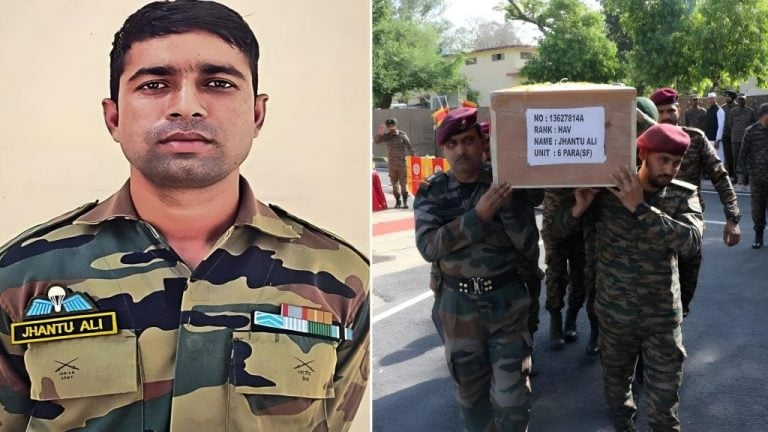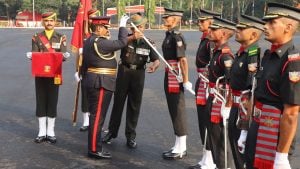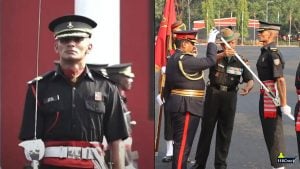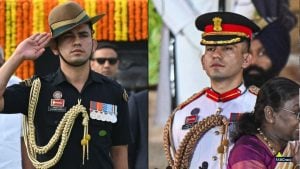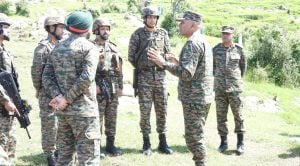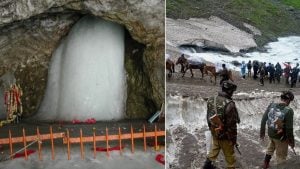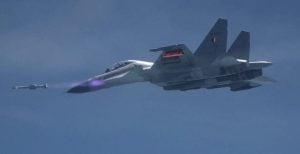The evolution of military insignia in India showcases a rich tapestry of historical influences, cultural significance, and administrative organization that reflects the country’s diverse heritage and the growth of its armed forces. The origins of insignia can be traced back to ancient warrior traditions, where symbols denoted clan identities and served as markers of pride and honor.
During the colonial era, particularly under British rule, the Indian military transitioned toward a more structured insignia system. The British established formal ranks and badges, a framework that the Indian Army adapted, thereby creating its distinctive rank structure that persists today.
The Indian Army’s hierarchy is meticulously organized, with the Chief of Army Staff at the pinnacle, supported by high-ranking officers like Lieutenant Generals, Major Generals, and Brigadiers. This structured approach enforces discipline and delineates responsibility across several rank categories:
- Commissioned Officers (COs) – These officers lead troops and have undergone extensive training.
- Junior Commissioned Officers (JCOs) – Acting as a vital bridge between commissioned officers and other ranks, this category includes ranks such as Naib Subedar, Subedar, and Subedar Major.
- Other Ranks (ORs) – These comprise the soldiers who implement orders on the battlefield.
The insignia displayed on the shoulders of army personnel serves not only as a marker of authority but also encapsulates a soldier’s achievements and aspirations, instilling motivation within the ranks. These symbols are visual affirmations of capability and commitment.
Historically, military insignia in India has evolved in tandem with the political landscape. The British formalized an intricate rank system in the late 18th and early 19th centuries. After gaining independence, India sought to craft its military identity, resulting in the incorporation of national symbols like the Lion Capital of Ashoka into insignia designs, reinforcing a sense of nationalism among soldiers.
A detailed look at the Indian Army’s shoulder ranks reveals a clear hierarchical structure:
- Chief of Army Staff: National Emblem, Star, crossed batons and swords
- Lieutenant General: National Emblem, crossed batons and swords
- Major General: One Star, crossed batons and swords
- Brigadier: Three Stars, National Emblem
- Colonel: Two Stars, National Emblem
- Lieutenant Colonel: One Star, National Emblem
- Major: National Emblem
- Captain: Three Stars
- Lieutenant: Two Stars
- JCO – Naib Subedar: One Star with a stripe
- JCO – Subedar: Two Stars with a stripe
- JCO – Subedar Major: Golden emblem with a stripe
Comparing insignia across different military forces worldwide reveals both distinctions and similarities. For example, the U.S. Army employs various symbols like bars and stars on shoulder epaulets and sleeves, while the UK’s system includes insignia on sleeves, particularly in their naval and air forces. Countries like France and Germany weave historical elements into their designs, underscoring national pride.
The cultural richness of Indian Army insignia is imbued with traditional influences, showcasing India’s vast historical landscape. The incorporation of national attributes is not merely decorative; it aligns the army’s identity with the country’s ethos, promoting unity among personnel with diverse backgrounds.
As technology progresses, the Indian Army is embracing contemporary techniques in the display of ranks. Innovations such as Velcro-based removable insignia for combat uniforms and advanced embroidery are enhancing both practicality and durability.
Looking ahead, changes in insignia designs may reflect the evolving nature of the armed forces, with potential collaborations with artists to create representative insignia that encapsulate modern cultural narratives.
The placement of rank insignia varies significantly across military forces. In the Indian Army, shoulder placements maintain a dignified and traditional look, beneficial for formal and ceremonial occasions. Conversely, in the U.S. Army, chest-mounted insignia are more practical, considering the modern requirements of mobility and concealment in combat environments.
Overall, the Indian Army’s dedication to maintaining its traditional insignia system while incorporating modern elements speaks volumes about its commitment to honor, history, and the evolving nature of military service. Understanding these symbols provides deeper insight into the structure and identity of its personnel, reflecting the army’s continuous dedication to serving the nation.


